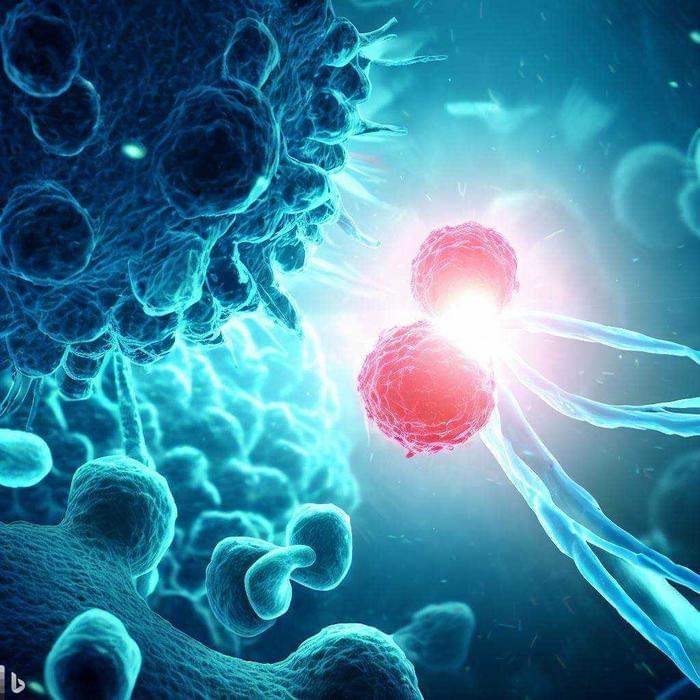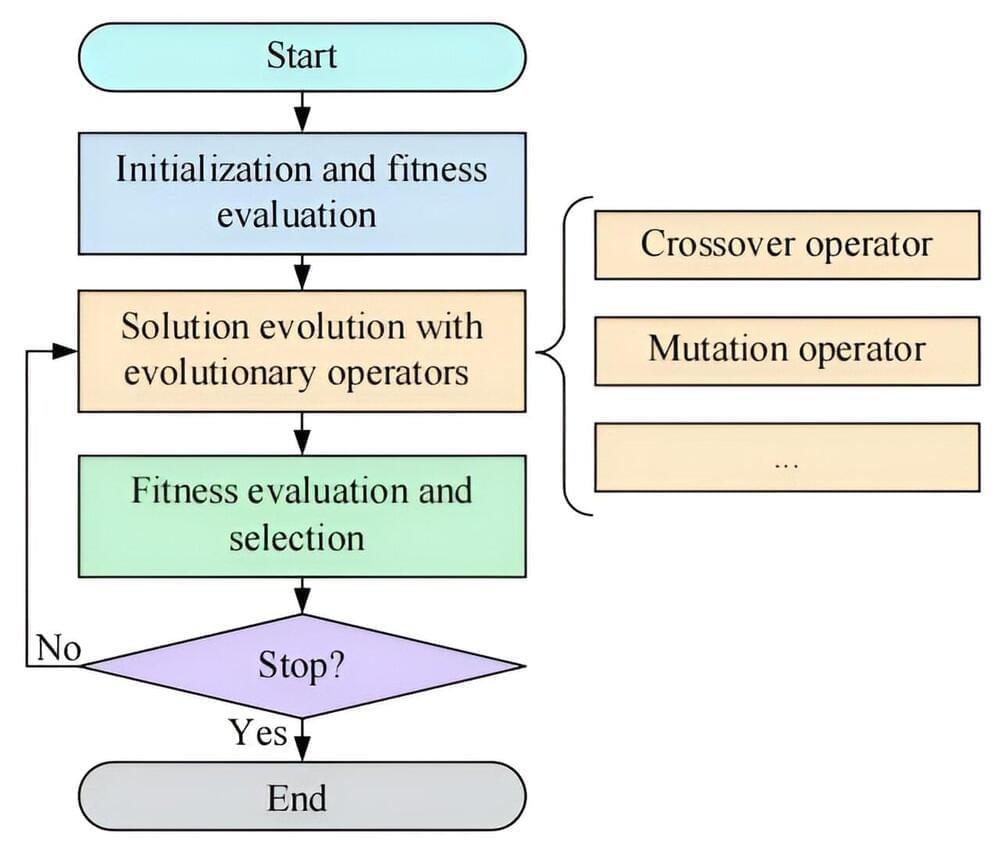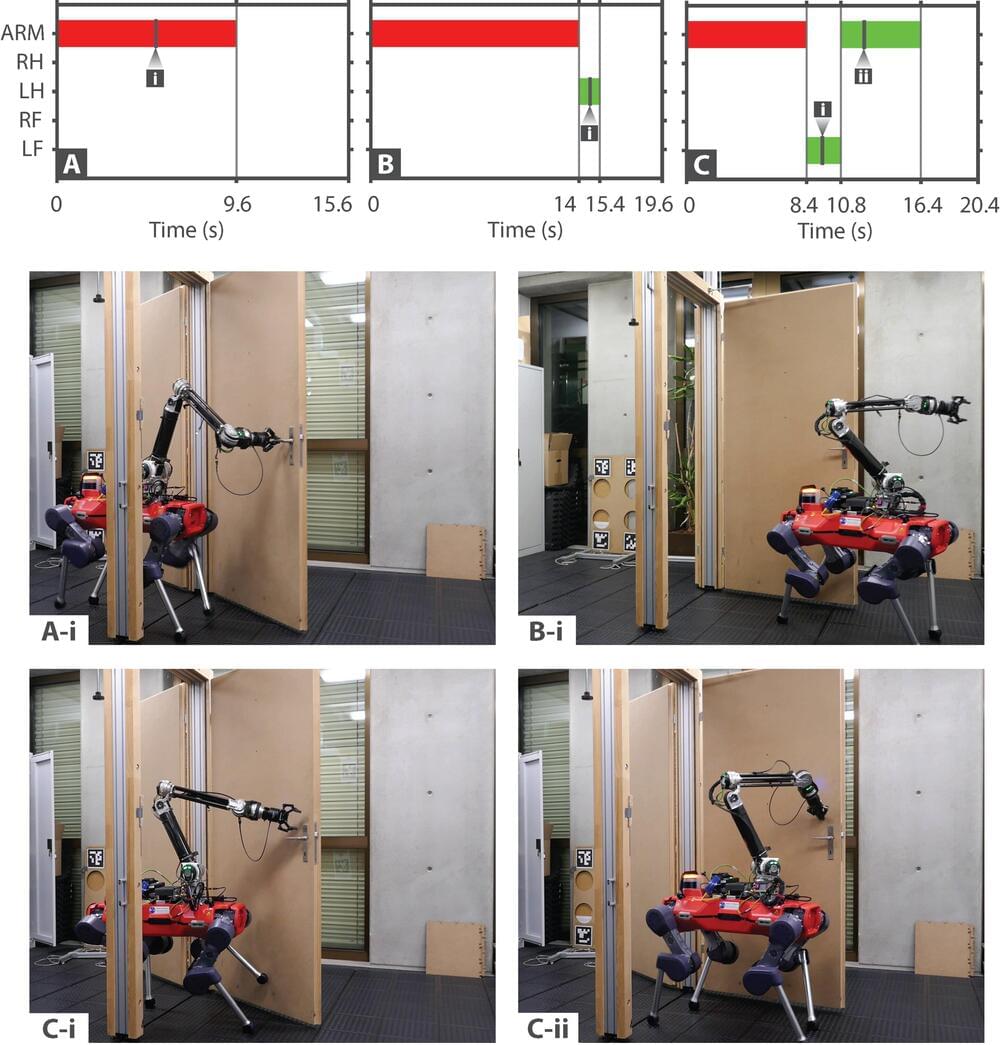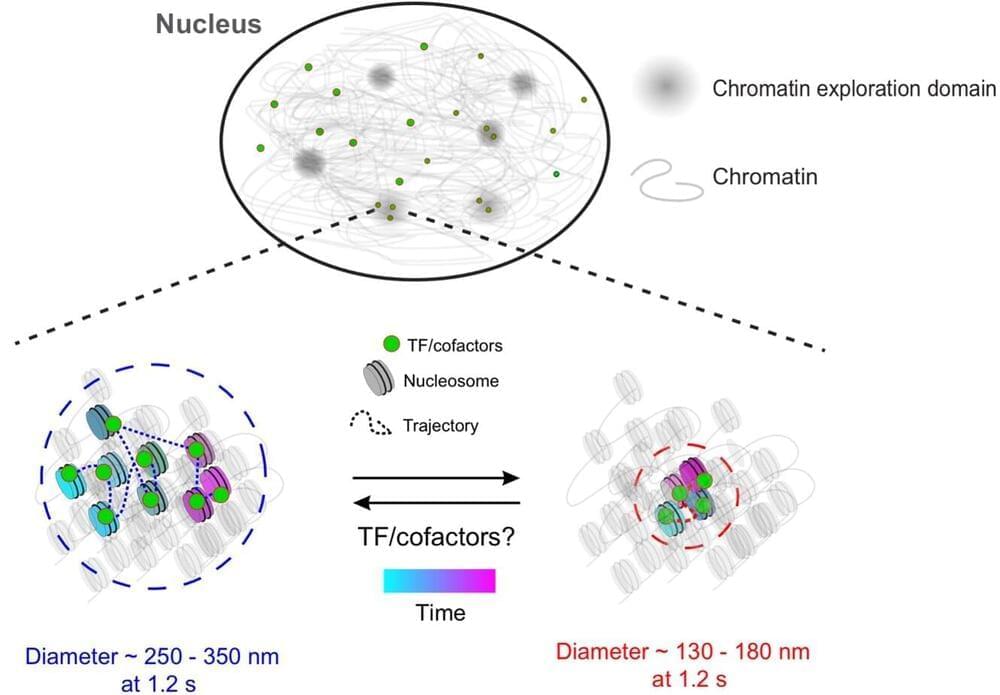Aug 18, 2023
Following chronic fatigue mechanisms to the source: WASF3 and mitochondrial respiration
Posted by Shubham Ghosh Roy in categories: biotech/medical, health, neuroscience
Researchers at the National Heart, Lung, and Blood Institute at NIH, Bethesda, have discovered a potential breakthrough for people with myalgic encephalomyelitis/chronic fatigue syndrome (ME/CFS), marked by extreme exhaustion, post-exertional malaise and cognitive issues.
In a paper, “WASF3 disrupts mitochondrial respiration and may mediate exercise intolerance in myalgic encephalomyelitis/chronic fatigue syndrome,” published in PNAS, the team details the influence of increased WASF3 proteins on the assembly of mitochondrial proteins, hampering energy production.
The study focused on a woman (S1) who experienced severe long-term fatigue. Measuring her muscles for phosphocreatine regeneration after exercise revealed a significant delay in mitochondrial ATP synthesis capacity. This discovery was followed up with a cell assay which found increased phospho-activation of an enzyme in a signaling pathway (MPAK).


















